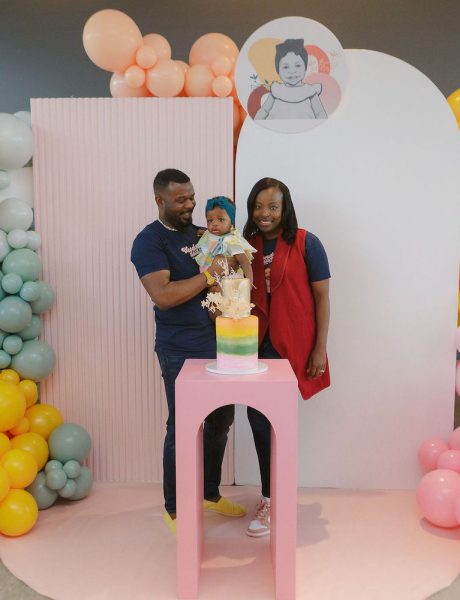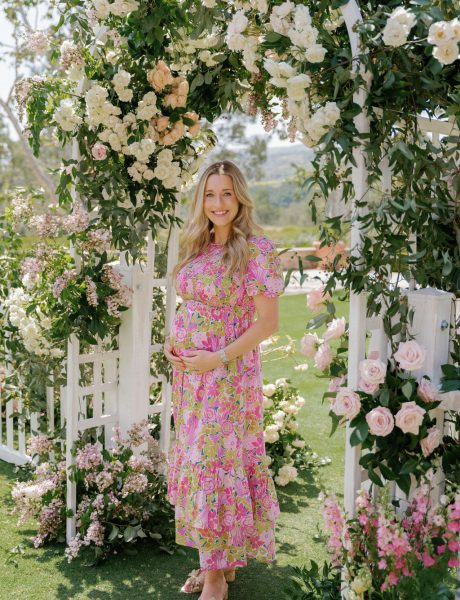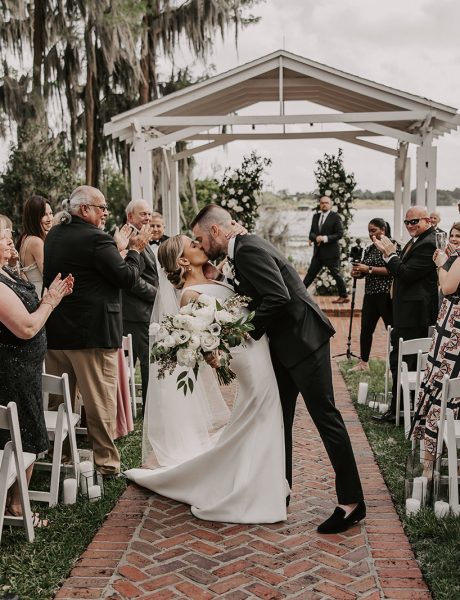Harvesting your own fruits and veggies can not only be rewarding but cost-effective too! Just think about it; you can buy one $2 tomato plant that will produce tomatoes all season so you never have to buy them again! Gardening is also a great way to get outside and enjoy the warmer weather, spend some quality time with the family, and learn the value of a little hard work. We know starting your own garden can seem daunting, so we wanted to help get you started with five of our best tips to start your own veggie garden this season! Enjoy!
Gardening Tip #1: Understand Your Growing Season
Timing is everything when it comes to gardening! Learn about your region’s first and last frost dates so that you can know how long your growing season is and the best time to plant your seeds/seedlings. It’s best to choose vegetables that will mature within your growing season for optimal results.
via Lowes
Gardening Tip #2: Decide and Plan What to Plant in Your Garden
Now this is the fun part but don’t fall into a common trap of over-planting out of excitement! Pay attention to what you and your family need/how much you consume before planting a bunch of plants you may not need. It’s also important to note how certain veggie plants behave. Certain vegetables like tomatoes, squash, and peppers keep providing throughout the season while other veggies like carrots and corn produce only once. Thus you may only need to plant one tomato plant and a few carrot plants.
Gardening Tip #3: Pick the Right Spot for Your Garden
This step is so important! It’s not all about how big your space is either; in fact if you decide to do a potted garden you don’t even need a lot of space! A spot on a balcony or deck is plenty of space. But if you do want to plant your garden in your yard, make sure you pick a well-lit spot close to your house that gets at least 6-8 hours of direct sunlight per day. Veggie gardens tend to do best on a level or gently sloping sight.
Gardening Tip #4: Test Your Soil
It’s best to test your soil before you plant your garden. You should test the pH levels (as most vegetables like slightly acidic soil), the drainage, and the texture of your soil. Test the pH by getting a soil pH test. You can easily test the drainage yourself by soaking the soil with a hose, waiting 24 hours and then digging up a handful of soil. If water streams out when you squeeze the soil in your hand, you should probably add organic matter or compost to improve your drainage. Next, open up your hand and take note of what happens to the soil. If it doesn’t form a ball or falls apart at the slightest touch, the soil is probably too sandy and you should add organic matter to combat that. If the soil does form a ball and doesn’t fall apart when you poke it pretty hard, it’s probably because your soil has too much clay. Luckily, organic matter can fix this issue too! If your soil ball breaks into crumbs, similar to a chocolate cake, then your soil is totally fine!
Gardening Tip #5: Make Sure Your Properly Caring For Your Plants
Taking proper care of your garden is key to its success. Make sure that you’re keeping it nice and moist. A good rule of thumb is to make sure you’re giving your vegetables 1 – 3 inches of water every week. This means that if Mother Nature isn’t providing much moisture, you may have to up your watering frequency that week. The best time to water vegetables is in the morning when they start photosynthesizing.
So there you have it! Obviously these tips are just the tip of the iceberg when it comes to starting your own garden so definitely go out and do some research of your own before you start. And if you start to get overwhelmed (there is a lot of info out there!) just remember how rewarding it will be when you get to harvest the fruits of your labor- literally! Good luck!
via Sharper Cut




























